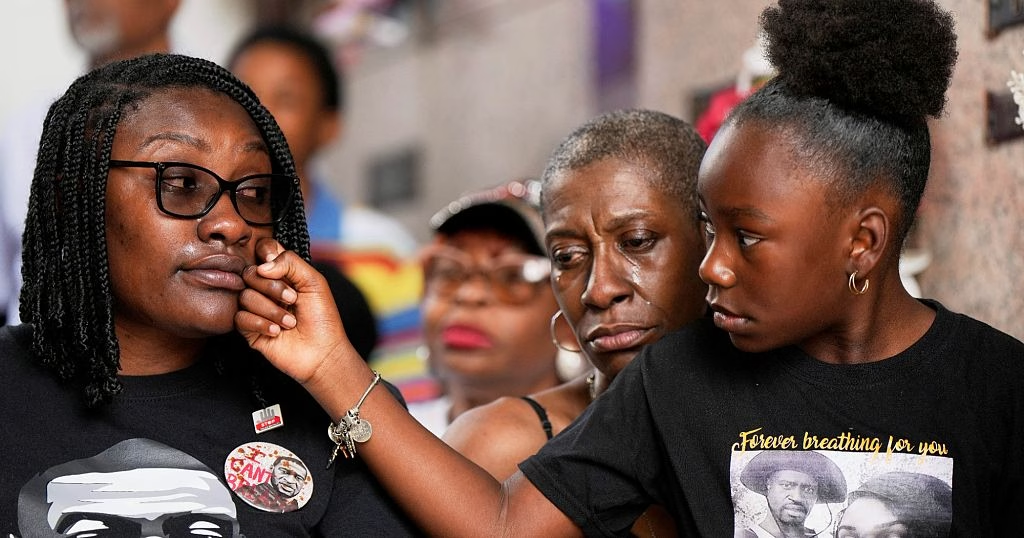Five Years After George Floyd’s Death, Minneapolis Reflects on Progress and Challenges
It’s been five years since the world witnessed the tragic death of George Floyd at the hands of a police officer in Minneapolis. The event sparked a global wave of racial justice protests, with demonstrators chanting Floyd’s haunting last words: “I can’t breathe.” As the city marks this somber anniversary, it’s clear that some things have changed for the better, while others remain unchanged.
The intersection where Floyd took his last breath has become a place of pilgrimage, now known as George Floyd Square. A clenched fist sculpture stands as a powerful tribute to his memory, and the nearby Cup Foods grocery store has been renamed Unity Foods. Visitors from around the world flock to the neighborhood to pay their respects and reflect on the impact of Floyd’s death. Local activist Alfred “AJ” Flowers Jr. notes that the Black community tends to congregate in areas where they have experienced trauma, saying, “We die, whether by our own hands or from police violence, and that’s where we come together.”
Despite the sense of community and solidarity, the city still grapples with the fate of George Floyd Square. A proposal to turn the area into a pedestrian mall has sparked debate, with some city council members and Mayor Jacob Frey opposing the idea. The local economy continues to struggle, with high crime rates and struggling businesses. Flowers urges officials to increase support for Black-owned businesses, housing, education, and crime prevention to address these issues.
The Minneapolis Police Department has undergone court-supervised changes aimed at reducing racial disparities, and violent crime has largely returned to pre-pandemic levels. However, the police force has lost hundreds of officers since the unrest, with numbers dwindling from nearly 900 to fewer than 600. Police Chief Brian O’Hara acknowledges that “significant progress” has been made in community-police relations, with officers now reconnecting with the community in George Floyd Square. O’Hara also notes that his officers “are beginning to heal” and “rediscover the reasons that led them to practice this profession.”
The city’s efforts to overhaul police services have been met with both praise and criticism. A recent report by a nonprofit monitoring compliance with consent decrees gave Minneapolis excellent marks, but activists warn that progress is not being felt on the streets. As Michelle Gross, president of Communities United Against Police Brutality, says, “We understand this change takes time, but the progress the city claims is not being felt on the streets.” The city’s journey towards healing and reform is ongoing, with much work still to be done to address the systemic issues that led to Floyd’s death. As the world reflects on the past five years, it’s clear that the legacy of George Floyd will continue to shape the conversation around racial justice and police reform for years to come.
